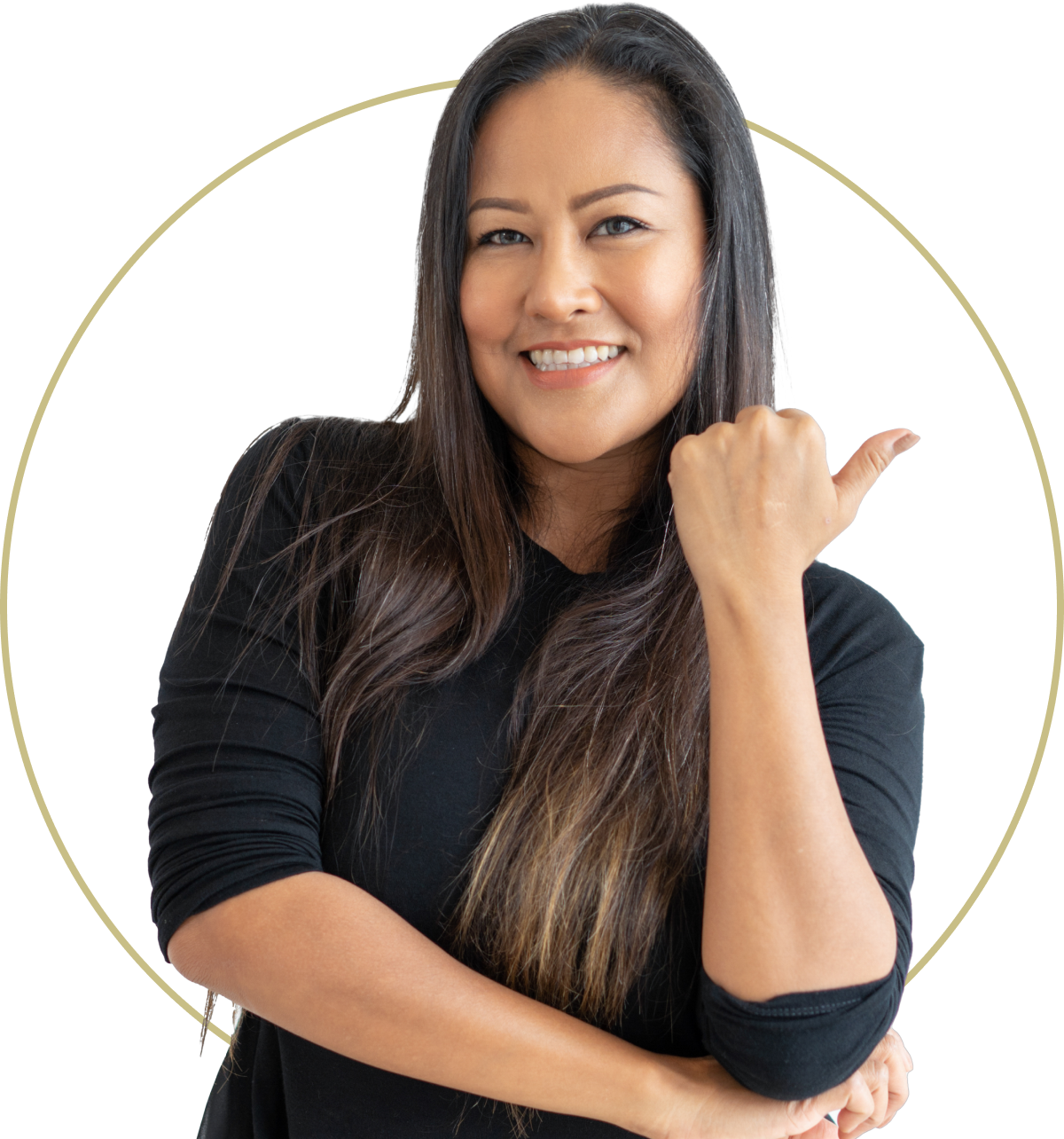menopause and muscle cramps
By Andrea Donsky | Fact Checked | Sources
Have you been experiencing muscle cramps, perhaps in your legs, feet, or hands, and are not sure why they are happening? Do your eyes twitch occasionally? Believe it or not, these events can be symptoms of perimenopause and menopause.
What are muscle cramps?
If you have been woken in the middle of the night with a charley horse, you were experiencing a muscle cramp. Muscle cramps are sudden, random, involuntary muscle contractions, sometimes accompanied by a hard lump under the skin. Cramps can occur throughout the body, although the legs (especially the calves) are the most common spots. They tend to be very painful, but fortunately, they usually resolve quickly.
Muscle cramps can be caused by various factors. Among the more common ones are dehydration, overexertion, and holding a muscle in one position for a prolonged period. Medical causes can include compressed nerves in the spine, narrowing of the arteries that flow to the legs, use of diuretics, and a deficiency of calcium, magnesium, and/or potassium.
Eye twitches (aka spasms) are a type of muscle contraction that occurs in the eyelid. These movements are typically associated with eye fatigue, irritation, strain, lack of sleep, drinking too much caffeine, prolonged screen time, and dry eyes.
How are muscle cramps associated with menopause?
Perhaps you never or rarely experienced muscle cramps before entering menopause, and then suddenly, they appeared. Fluctuating hormones are the cause. Because you have estrogen receptors throughout your body, declining hormone levels have the ability to trigger inflammation and pain in your muscles.
A significant role of estrogen is to protect women from experiencing circulatory system problems. As estrogen levels drop, lower amounts of the hormone make women more likely to develop circulatory issues in which the cells do not get enough or consistent oxygen and fuel. These factors can lead to leg cramps and pain. Declining estrogen also affects how well the body absorbs magnesium, a mineral essential for muscle relaxation.
Read about which magnesium for menopause?
How to manage muscle cramps naturally
Many women find that incorporating one or more lifestyle changes can alleviate or even eliminate muscle cramps and eye twitching. Consider these tips:
- Stay well hydrated.
- Be sure to stretch for about 5 minutes before and after exercise. If you sit a lot during the day, take a 5-minute walk once per hour to enhance circulation.
- Stretch and massage. When a cramp develops, first stretch out the area and then gently massage it with your hands. For calf cramps, stand on the affected leg and slightly bend your knee. For other leg cramps, sit on a flat surface and extend your leg out in front of you. Gently pull your foot back toward you to stretch out the cramp.
- Elevate your legs slightly during the day, if possible, and always at night. This can improve circulation and relieve pressure.
- Boost your magnesium intake to help your muscles relax. Foods rich in this mineral include dark leafy greens, dark chocolate, almonds, and other nuts, seeds, fish, and avocados. A supplement, like our Morphus Magnesium, can ensure you are getting enough magnesium each day.
- Apply heat and ice. When the cramp occurs, use a warm/hot towel or heating pad until the cramp subsides. Then apply a cold pack for a few minutes.
Read about menopause and dry eyes
For eye twitches:
- Practice stress-reducing techniques, such as deep breathing, yoga, meditation, and progressive relaxation.
- Use eye drops if your eyes are dry.
- Massage the areas around your eyes to relax the muscles.
- If you work with computers for long periods of time, take a break at least once an hour to rest your eyes. Also, it’s important to blink when working with computers: put a note on your screen to remind you to blink often.
When to call your doctor
Muscle cramps are usually not a serious problem, although they can be uncomfortable. However, you should consult your doctor if you:
- Experience severe pain or discomfort.
- Have more frequent cramping.
- Notice swelling, muscle weakness, skin changes, or redness.
- Don’t see any improvement after trying natural treatments.
If you have eye twitching that doesn’t resolve within a few week, causes your eye to close completely every time it twitches, or you have trouble opening your eye, call your doctor.
Bottom line
Your muscles can be noticeably affected by changes in your hormone levels and activity. Muscle cramps and eye twitches can be managed safely and effectively using lifestyle changes.




